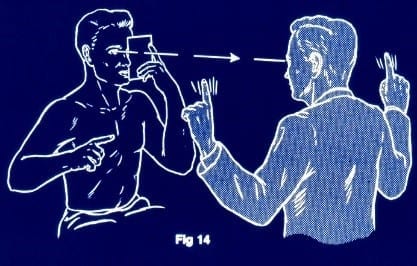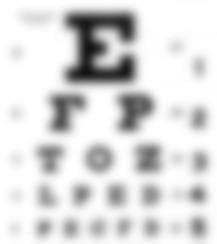Low vision describes the level of vision between being fully sighted and totally blind. Having low vision upsets a person’s ability to carry out many of the daily tasks for which vision is essential. Fortunately, the remaining vision can often be used effectively with the help of magnifiers and other vision aides. Many optometrists specialise in helping people with moderate and severe vision impairment. They can help patients make the best use of their remaining vision, even when they have been told that nothing more can be done to treat the medical cause of vision impairment.
Q: What is low vision?
Low vision is clinically defined as a specific range of visual acuity, which is the ability to read letters on an eye testing chart of decreasing size.


Other factors affecting low vision are a person’s ability to detect objects in their side or peripheral vision. And their sensitivity to medium and low contrast.
All of these functions may be impaired in some conditions that cause low vision. Practical definition state that a person has low vision when, as a result of eye conditions or disease, he or she cannot perform vision tasks that ordinarily are not difficult, or they do not meet the vision standards for driving.
Q: What causes low vision?
No age is exempt from low vision. Infants and children can be born with inherited developmental anomalies of the eye that cause low vision. About 90 per cent of children with low vision have a stable ocular condition so their vision is unlikely to deteriorate in working adulthood. Low vision care for these children offers life-long benefits.
Young adults might suffer from inherited conditions that manifest later in life. A loss of central vision occurs in macular dystrophies such as Stargardt’s disease, while peripheral vision loss is progressive in retinitis pigmentosa. General health conditions such as diabetes can progress to include retinal complications and cataracts.
Low vision is far more common in older people.
Macular degeneration, diabetes and glaucoma are common conditions that are sometimes difficult or impossible to cure with medical treatment.


Medical condition such as strokes and brain tumours can rob a person of half their visual field. Optometrist provide advice on magnifiers, managing visual field losses, use of lighting, access to low vision services and lifestyle changes to make living with low vision more tolerable. Referral for specialist care is also available.
Dr Ieuan H. Rees. (Optometrist)
Buck & Todd Optometrist
Located at 103 Alfred Street, Mackay, 4740.

